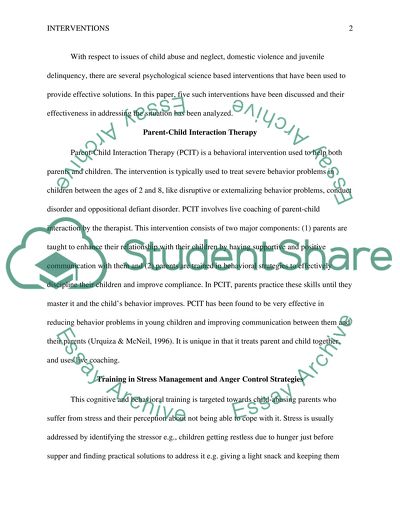Psychology-Interventions and Prevention in Delinquency and Family Essay. Retrieved from https://studentshare.org/psychology/1434472-psychology-interventions-and-prevention-in
Psychology-Interventions and Prevention in Delinquency and Family Essay. https://studentshare.org/psychology/1434472-psychology-interventions-and-prevention-in.


